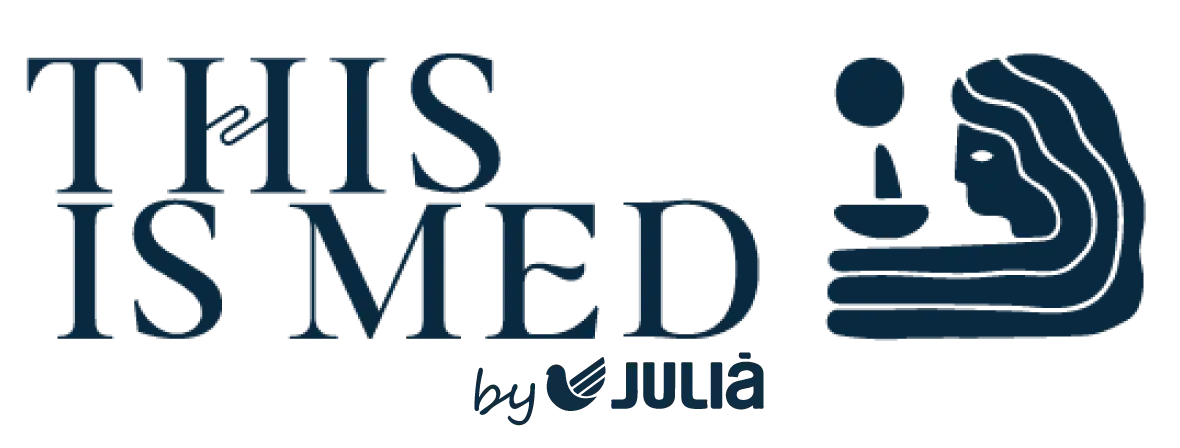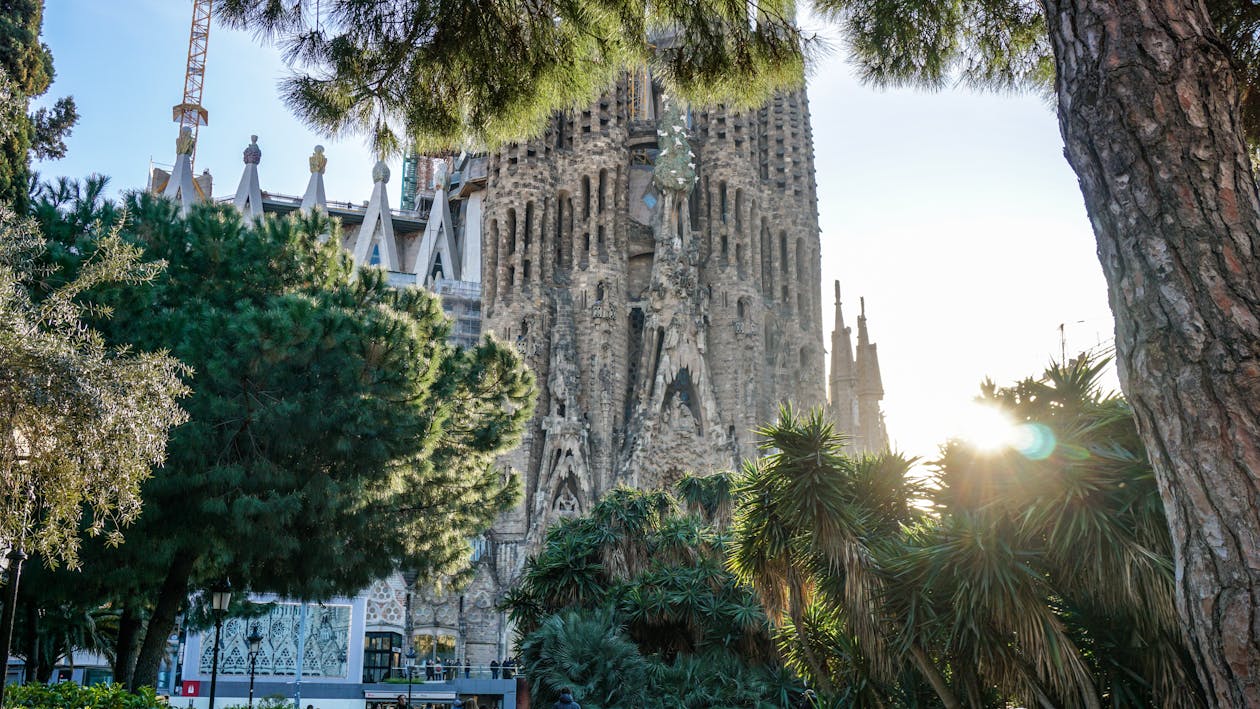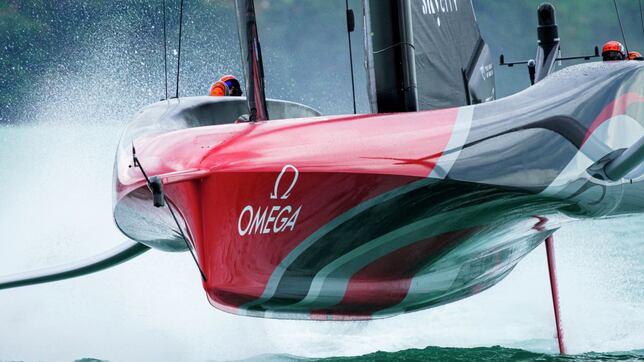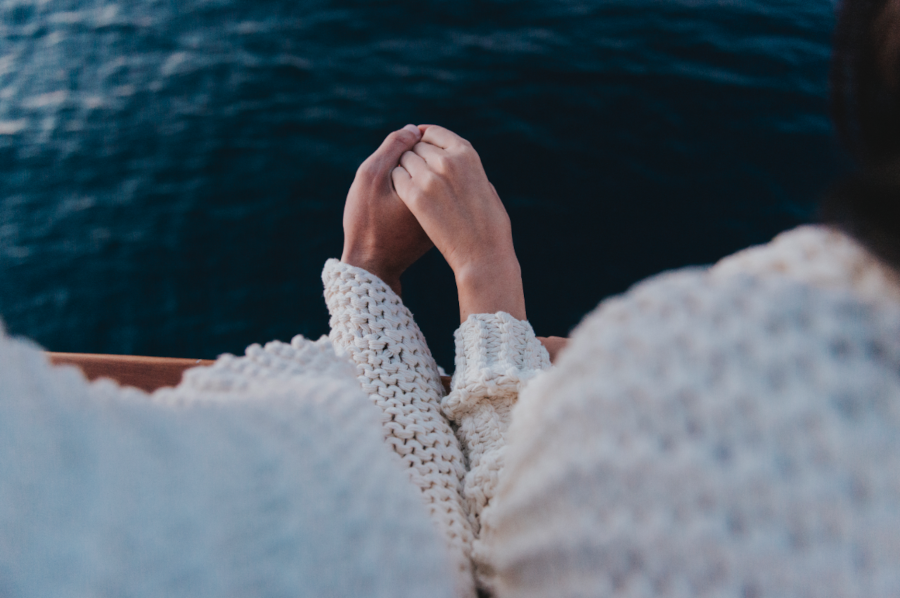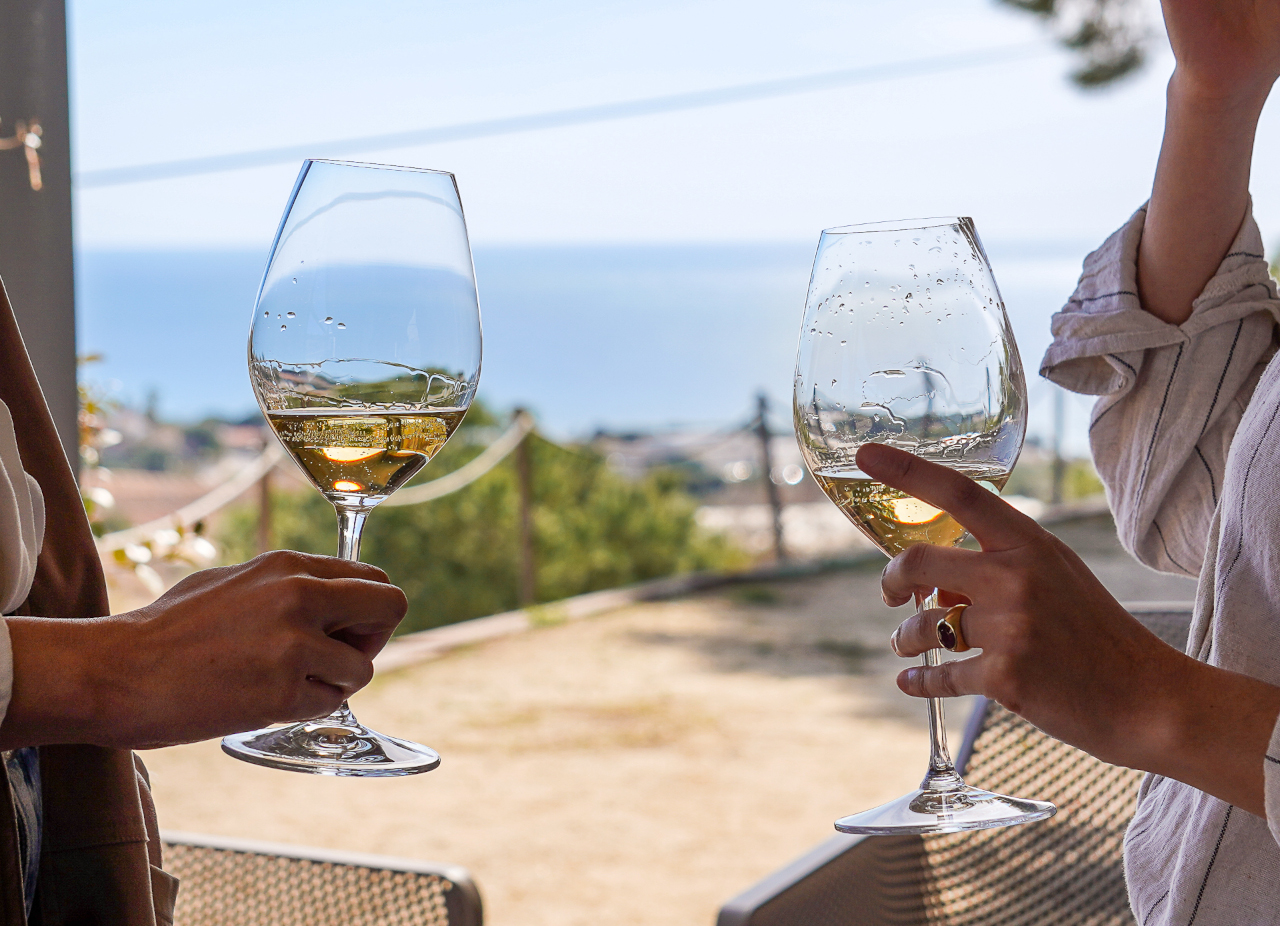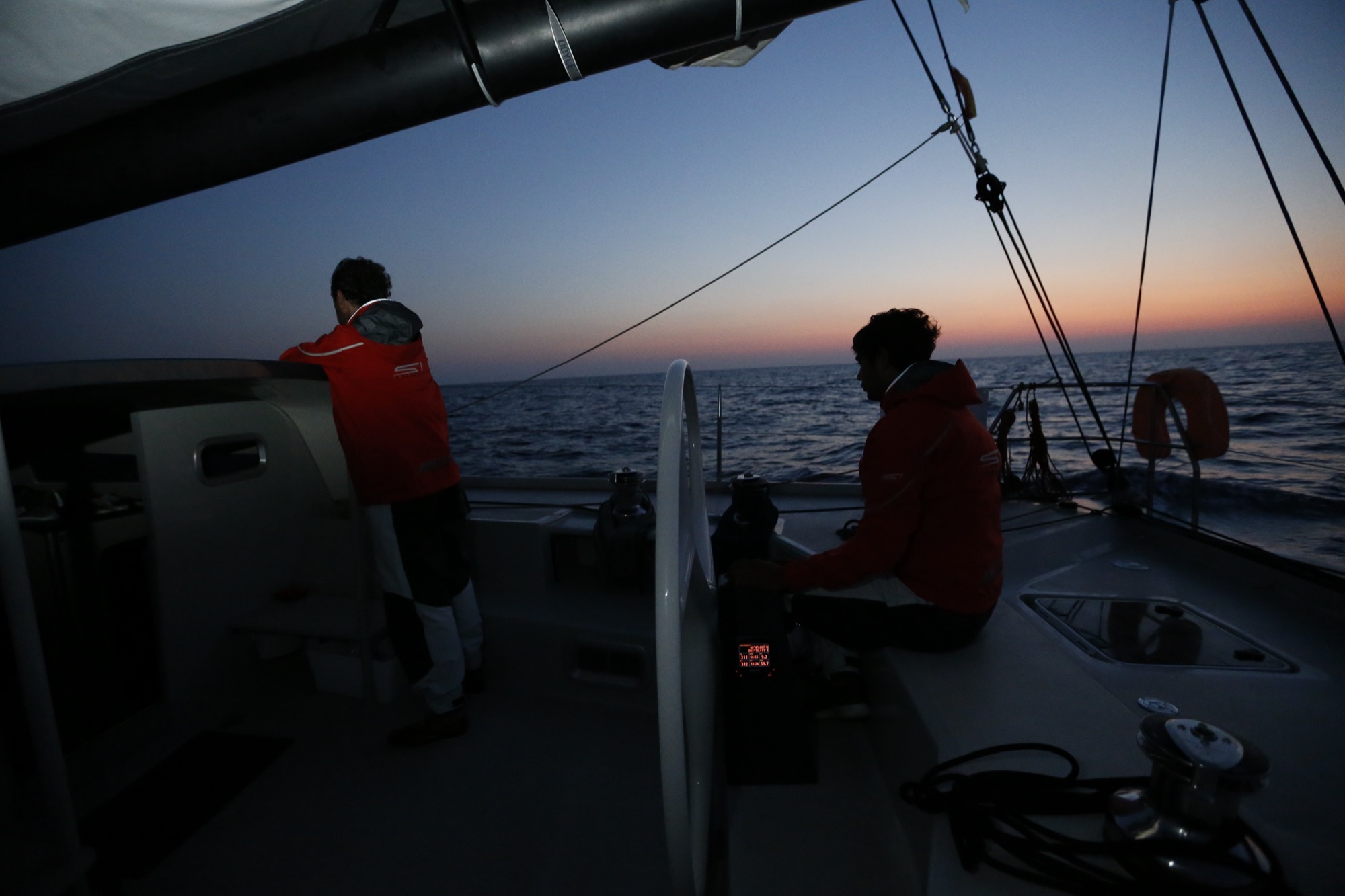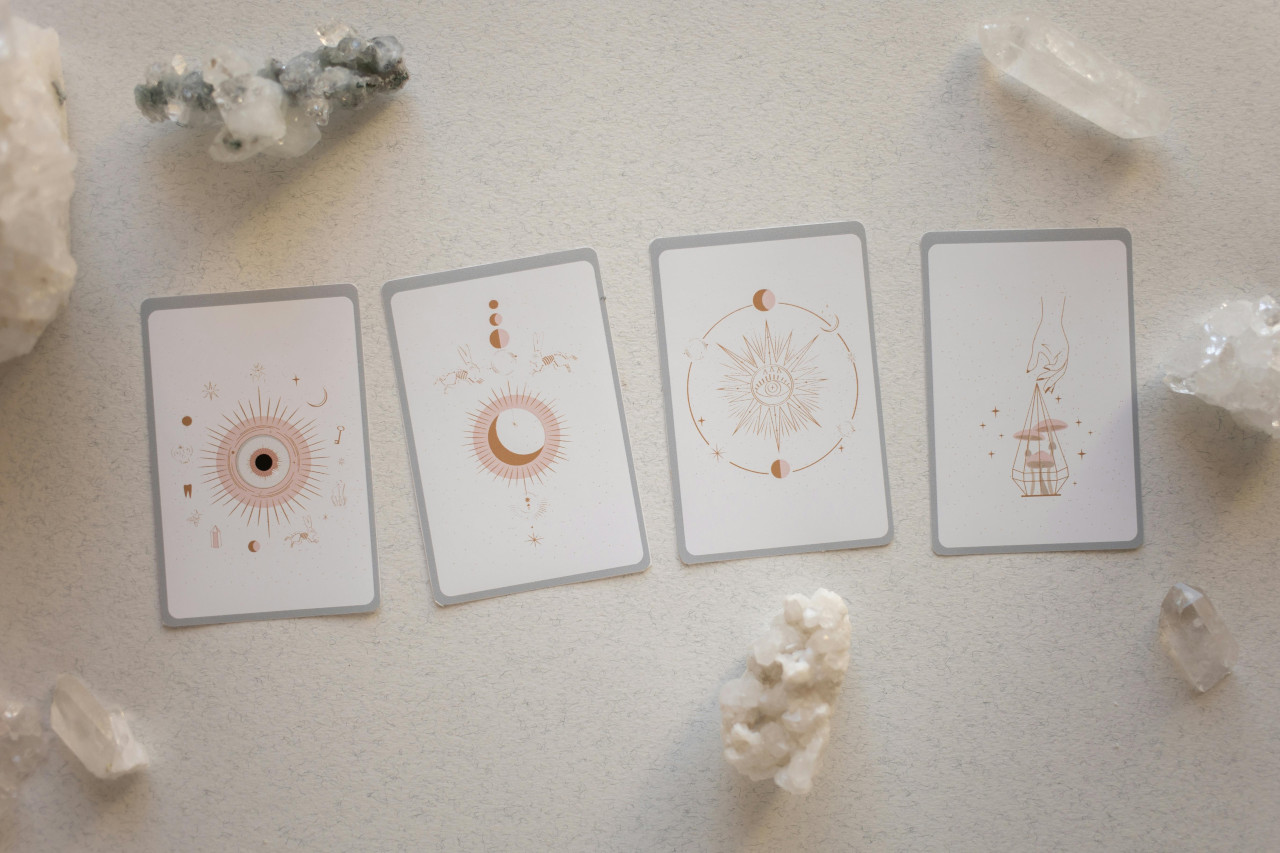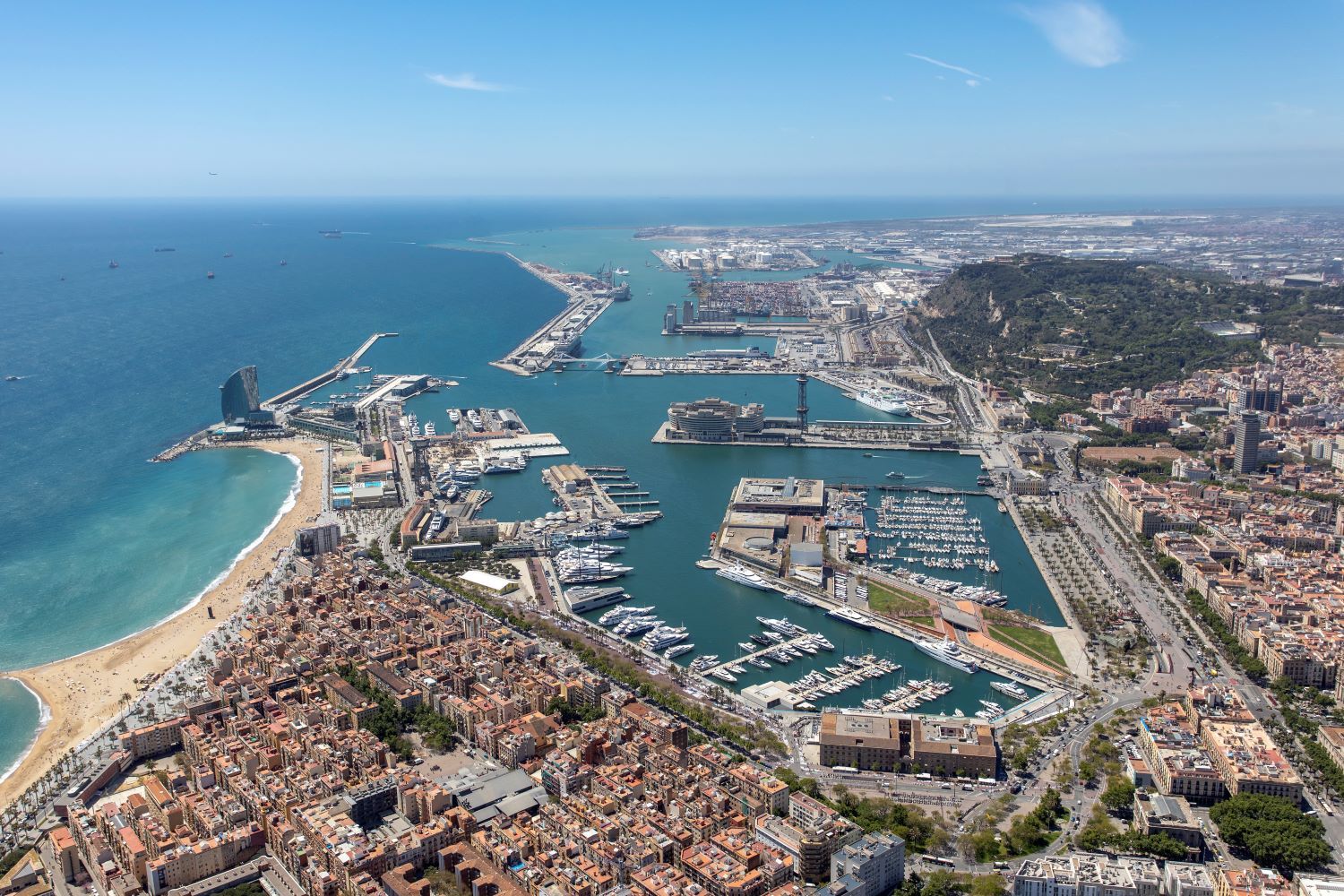Learn about the history of Born in Barcelona
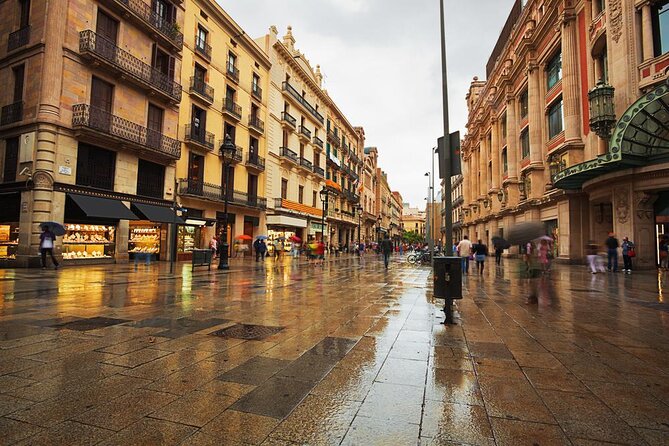
El Born in Barcelona is one of those places where the past and present intertwine in a fascinating way. This neighborhood, located in the heart of the city, has witnessed countless changes over the centuries, from its medieval period as a center of commerce and social life, to its transformation into one of the cultural and tourist epicenters of the city. Modern Barcelona. In This Is Med we take a tour of the history of Born, a neighborhood that encapsulates the very essence of the city.
The medieval origins of Born
El Born has its roots in medieval Barcelona, when the city began to expand beyond the Roman walls. In the 13th and 14th centuries, this area became an important commercial and social center. The streets of Born were home to merchants, artisans and merchants who contributed to the economic boom of the city. During this period, the neighborhood established itself as one of the most vibrant spaces in Barcelona, with markets, workshops and houses that reflected the prosperity of the time.
The importance of trade
Commerce was, without a doubt, the driving force behind the development of Born. The proximity to the port of Barcelona made this neighborhood the ideal place for the exchange of goods. The streets of Born were full of artisan workshops that produced everything from textiles to leather goods, which were then sold in local markets or exported to other parts of Europe. This economic activity enriched the residents of the neighborhood and attracted a great diversity of people from different parts of the world, which contributed to the cultural mix that is still perceived in the area.
The construction of the Basilica of Santa Maria del Mar
One of the most important milestones in the history of Born is the construction of the Basilica of Santa Maria del Mar, a jewel of Catalan Gothic. This church, built between 1329 and 1383, is a testament to the economic power of the neighbourhood at that time and a symbol of the faith and devotion of its inhabitants. The Basilica, known as “the cathedral of the people”, was largely financed by the same merchants and craftsmen who lived in Born, reflecting the close relationship between the community and its church.
A centre of social and religious life
The Basilica of Santa Maria del Mar quickly became a centre of social and religious life in Born. The weddings, baptisms and funerals of the residents were celebrated in this imposing temple, and its surroundings were filled with activities related to commerce and daily life. For centuries, the church witnessed the most important moments in the lives of the neighborhood’s inhabitants, from religious festivals to key social events in the city’s history.
The Decline and Transformation of El Born
El Born continued to be a prosperous neighborhood until the 18th century, when it suffered a severe blow following the War of the Spanish Succession. After the fall of Barcelona in 1714, King Philip V ordered the construction of the Citadel fortress, which involved the destruction of much of the neighborhood to make room for the new fortification. Many families were evicted and the neighborhood lost much of its population and economic importance.
The Born Market
Despite this decline, El Born slowly began to recover during the 19th century, largely thanks to the construction of the Born Market in 1876. This impressive iron building was designed by architect Josep Fontserè and quickly became one of the most important markets in the city. The market not only revitalized the neighborhood’s economy, but also served as a meeting point for the community, attracting people from across the city and surrounding regions.
El Born in contemporary Barcelona
In recent decades, El Born has undergone a remarkable transformation. What was once a neighbourhood marked by loss and reconstruction has become one of Barcelona’s most dynamic and trendy places. The opening of the El Born Cultural and Memory Centre in 2013, located in the old market, has been key in this transformation. This cultural centre hosts exhibitions and events that explore the history of the neighbourhood and the city, and has helped to rekindle interest in El Born’s past.
A multicultural neighbourhood
Today, El Born is known for its eclectic mix of history, culture and modernity. The cobbled streets are lined with boutiques, art galleries, tapas bars and restaurants that attract locals and tourists alike. Although the neighbourhood has changed a lot over the centuries, traces of its past can still be found on every corner, from the old Gothic palaces to artisan shops that recall medieval times.
The history of El Born is a reflection of the history of Barcelona itself: a story of rise, decline and rebirth. From its origins as a bustling medieval trading centre to its current status as a cultural and tourist epicentre, El Born has managed to adapt to change without losing its essence. To explore this neighbourhood is to travel back in time, immersing yourself in the layers of history that have shaped one of the most fascinating areas of the city. Whether strolling through its streets, visiting the Basilica of Santa Maria del Mar or exploring the El Born Centre of Culture and Memory, every corner of this neighbourhood tells a story that deserves to be heard.
